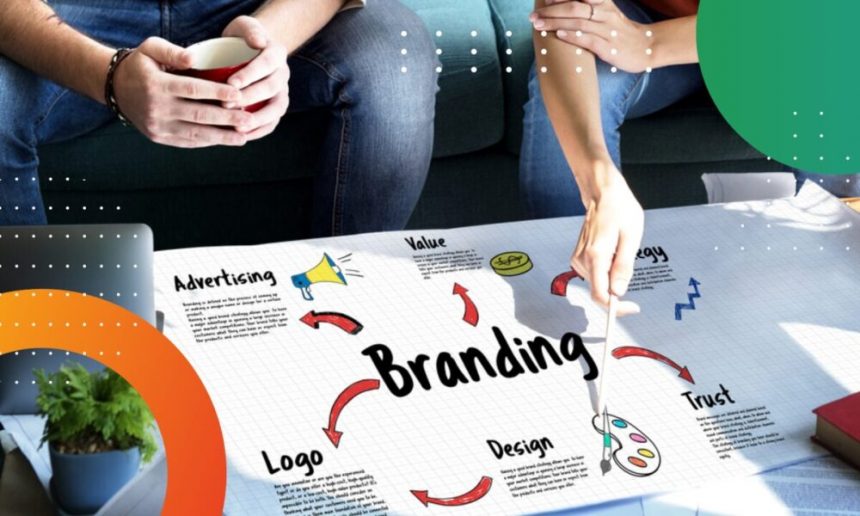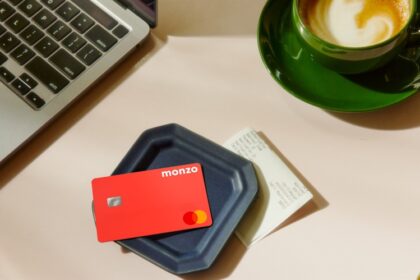Your website’s design does more than just make a good first impression—it can also convey trustworthiness and credibility. When visitors land on your site, they quickly judge whether to stay, browse, and eventually buy or sign up. By focusing on visual elements that inspire confidence, you can create a stronger bond with your audience, encouraging them to engage more deeply and take the next step.
- Clean, Consistent Layouts
Simplicity and consistency go a long way in building trust. A cluttered interface can feel overwhelming and unprofessional, causing users to question your brand’s reliability. Opt for a layout that’s easy to scan, with clear sections, ample white space, and a cohesive color scheme. When every page on your site follows a similar structure, it assures visitors they’re navigating a well-organized, thoughtful environment.
- High-Quality Images and Graphics
Low-resolution or irrelevant stock images can harm credibility. Instead, select visuals that reflect your brand’s personality and values. If possible, invest in custom photography or illustrations that feel authentic and professional. Quality imagery signals to users that you care about the details, suggesting that your products and services meet the same standards.
- Strategic Use of Color
Colors evoke emotion, and the right palette can help establish trust. For example, blue is often associated with reliability, while green suggests growth and balance. Consider your brand’s personality and the message you want to send, then choose colors that reinforce those qualities. Be consistent in your color usage—this helps users instantly recognize and feel comfortable with your site’s look and feel.
- Legible Typography
Complicated fonts or tiny text can frustrate readers, sending them elsewhere. Choose clean, easy-to-read typefaces, and ensure sufficient contrast between text and background. Proper line spacing and font sizes make your content more approachable and help visitors focus on your message. When users can read your information without straining, they’re more likely to trust what you have to say.
- Authentic Brand Elements
Your logo, tagline, and other branding elements serve as visual anchors for trust. Place them prominently—but not overpoweringly—on the page. A well-designed, professional logo suggests stability and longevity. Additionally, using consistent design elements across your site and other marketing channels reinforces brand recognition and reliability.
- Social Proof and Badges
Endorsements, certifications, and partner logos can provide reassurance that your company is credible. Including recognizable trust badges—like security seals or affiliations with respected organizations—adds a layer of validation. Showing positive customer reviews or testimonials, especially with real names and photos, also reassures users that others have had a good experience.
- Intuitive Navigation
A logical menu structure and clear navigation paths make it easy for users to find what they need. Confusing or hidden navigation elements can lead to frustration and doubts about your credibility. Simple menus, descriptive labels, and well-organized categories all contribute to a user-friendly experience that helps build trust and encourages visitors to stay longer.
- Thoughtful Use of Whitespace
Whitespace isn’t wasted space—it’s an important design tool that allows key elements to stand out. By giving your content and visuals room to breathe, you create a sense of elegance and attention to detail. This careful approach suggests that you’re not rushing to push information on users; instead, you’re offering it in a relaxed and well-considered format.
- Mobile Responsiveness
In a mobile-first world, ensuring your site looks great and functions seamlessly on phones and tablets is essential. A responsive design that adapts to different screen sizes demonstrates you’re attentive to user needs. Visitors are more likely to trust a brand that delivers a smooth experience, no matter the device they’re using.
- Consistent Branding Across Touchpoints
Trust isn’t built by a single element—it’s reinforced by every interaction with your brand. From your homepage to your email templates, ensure that fonts, colors, and imagery remain consistent. This unified approach instills confidence, showing visitors that you have a clear identity and a well-thought-out approach to communication.
Conclusion
Designing for trust isn’t about tricking users into believing in your brand; it’s about genuinely reflecting the care, quality, and reliability you offer. By focusing on clear layouts, high-quality visuals, effective use of color and typography, authentic branding, social proof, intuitive navigation, and consistent presentation, you create an environment where visitors feel confident and at ease. Ultimately, these design choices help forge a connection that encourages lasting relationships and drives long-term success. Next steps: read all about what is good ux design and see examples in action..








